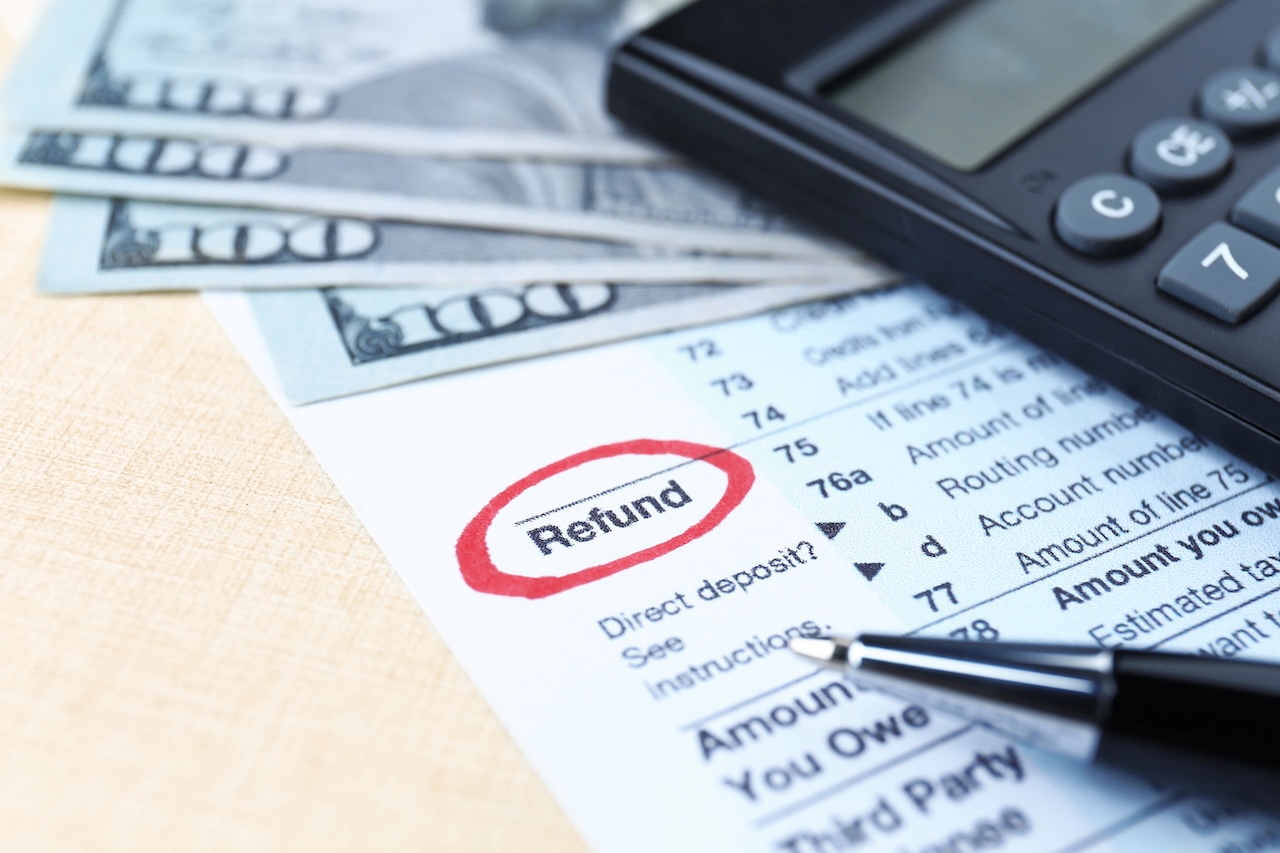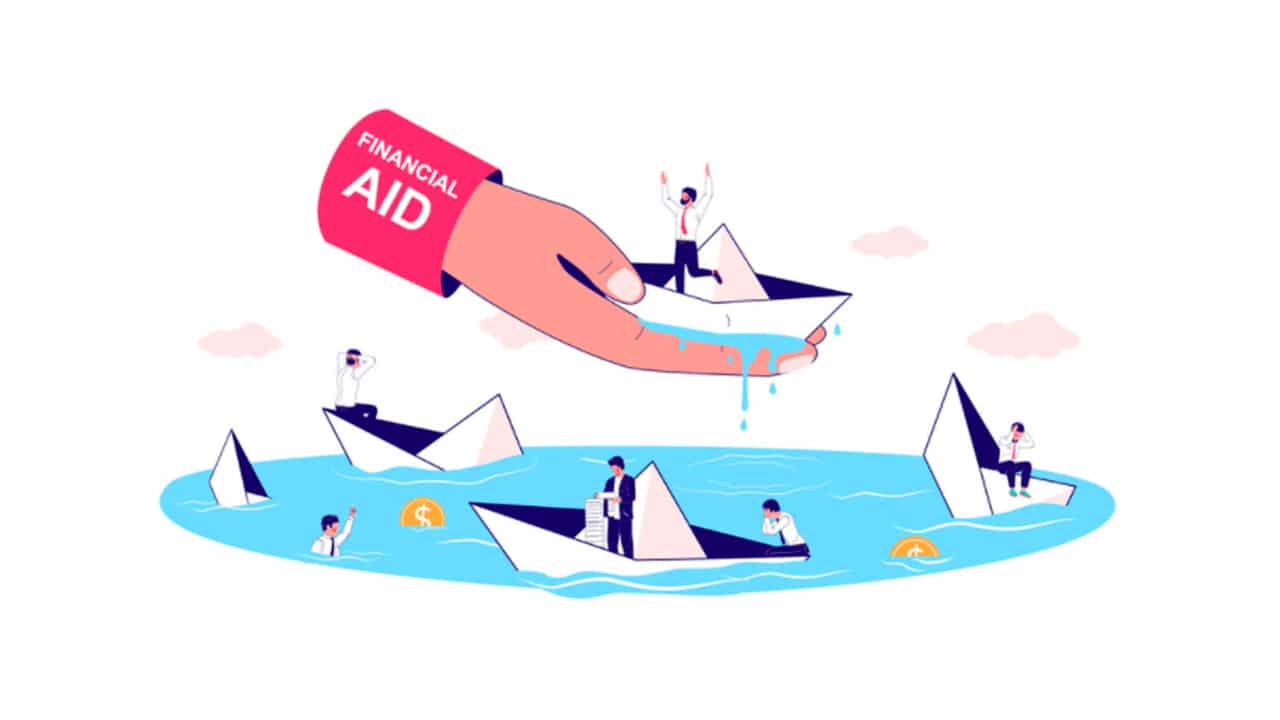Managing Debt While Unemployed – Debt Relief Programs | American Credit Card Solutions – Home


Losing your job when you’re carrying $10,000 or more in credit card debt isn’t just stressful, it can feel completely overwhelming. With the national unemployment rate at 4.1% as of March 2025, according to the Bureau of Labor Statistics, thousands of Americans are currently facing this exact financial situation, watching as minimum payments become impossible to meet as their income suddenly disappears.
If you’re struggling to make even minimum payments on substantial credit card debt after a layoff, please know this: you’re not alone, and there are pathways forward. This guide provides practical strategies for individuals facing significant debt burdens while unemployed.
When minimum payments become a monthly mountain to climb:
Take an honest inventory. Add up your total credit card debt—many people are surprised to find that their debt exceeds $15,000 when all accounts are tallied. According to a 2024 Federal Reserve study, households carrying $10,000+ in credit card debt typically spend 24% of their monthly income on minimum payments alone.
Recognize the interest trap. With credit card interest rates averaging 22.8% in 2025 (CardRates.com), making only minimum payments on $10,000 in debt means paying over $2,280 annually just in interest—money that doesn’t actually reduce your principal at all.
Assess your true expenses. Beyond minimum payments, identify what you absolutely need for survival. The Consumer Financial Protection Bureau reports that Americans who are able to distinguish between true necessities and flexible expenses can stretch unemployment benefits 42% longer.
When you can’t make minimum payments, swift action matters:
Apply for unemployment benefits today. The average unemployment benefit of $424 weekly in 2025 (Department of Labor) may not cover everything, but it provides essential income while you search for work.
Reach out to creditors before missing payments. Explain your unemployment situation clearly to your creditors. A 2024 survey by the Financial Health Network found that cardholders who contacted their card issuers before missing payments were 3.5 times more likely to receive hardship accommodations than those who waited.
Consider which bills must be paid first. Focus on essentials like housing, utilities, and food. For credit cards, if you can’t pay them all, consider which ones offer the most lenient late payment policies.
When you’re dealing with $10,000+ in credit card debt during unemployment:
Evaluate debt management programs. These programs can lower interest rates and consolidate multiple payments into a single, manageable monthly amount. According to a 2024 NFCC survey, participants in debt management programs reduced their credit card interest rates by an average of 8 to 12 percentage points.
Consider our specialized debt relief program. American Credit Card Solutions offers a program specifically designed for individuals with $10,000 or more in credit card debt who are experiencing unemployment. Our team works directly with your creditors to potentially reduce your total debt burden and create a single, affordable monthly payment that takes into account your current financial situation.
Look into hardship programs. Many major credit card issuers have unpublicized hardship plans for customers experiencing unemployment. These can include temporary interest rate reductions, fee waivers, and modified payment schedules. A CardHub analysis found that 72% of major issuers offer some form of hardship assistance, but only when specifically requested.
While searching for full-time employment:
Explore gig economy opportunities. Platforms like Upwork, Fiverr, and TaskRabbit can provide immediate income with flexible hours. The Bureau of Labor Statistics reports that 32% of unemployed Americans now generate some income through gig work while job searching.
Monetize skills you already have. Teaching, consulting, or freelancing in your professional field, even temporarily, maintains income flow and keeps your skills sharp. LinkedIn’s 2024 Economic Graph revealed that professionals who took on consultative work during periods of unemployment found full-time positions 40% faster than those who didn’t.
Consider temporary staffing agencies. Many offer immediate placement and weekly pay while you search for permanent employment.
Even in the darkest financial moments, there is a way through:
Remember that unemployment is temporary. The average unemployment period in 2025 is 19 weeks (Bureau of Labor Statistics). Though it may feel like forever, your situation won’t last indefinitely.
Focus on one day at a time. When large debt feels crushing, break your financial plan into actionable daily or weekly goals rather than dwelling on the total amount. Small victories can help you build momentum.
Get support. The emotional burden of unemployment combined with significant debt can take a real mental toll. Community resources, support groups, and financial counseling can provide both practical guidance and emotional support.
The combination of unemployment and substantial credit card debt presents unique challenges that standard financial advice often overlooks. However, please remember that this is a situation that thousands have faced and overcome successfully.
If minimum payments have become impossible and your credit card debt amounts to $10,000 or more, our debt relief program may provide the breathing room you need during this difficult time. Contact American Credit Card Solutions today for a free Custom Debt Relief Plan to discover how we can help lighten your financial burden while you focus on finding new employment.
Sources:

Tax refunds in early 2026 could be $1,000 to $2,000 larger for many households due to retroactive tax law changes....

Why does it feel like large companies always get the upper hand? Maybe it’s the long contracts with fine print,...

What can you do if you can’t afford college? Maybe the financial aid award wasn’t enough, or you only want...